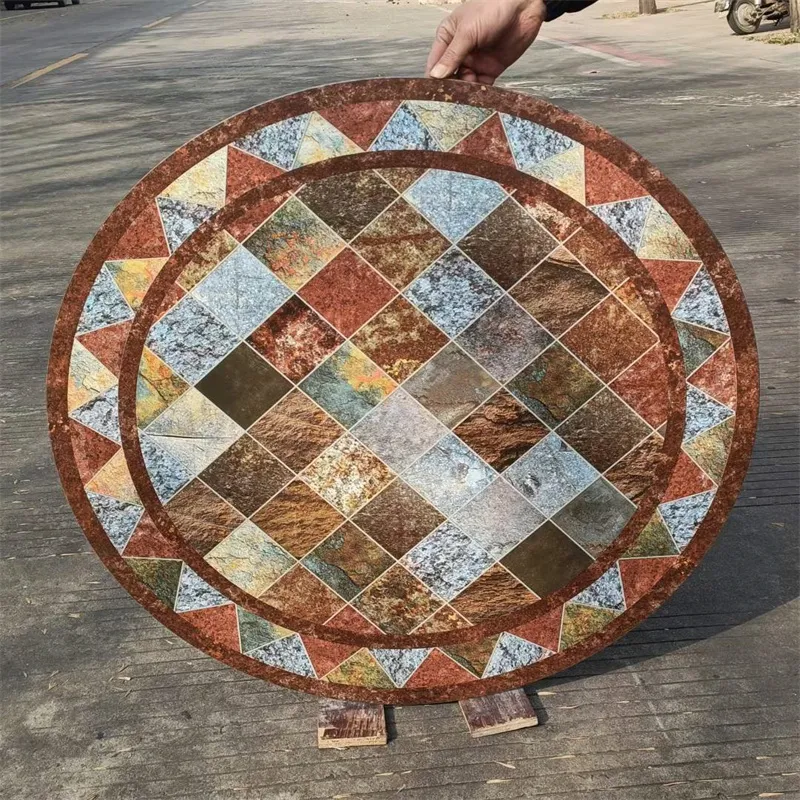Sep . 22, 2024 15:25 Back to list
tinted glass
The Aesthetic and Functional Appeal of Tinted Glass
Tinted glass has emerged as a popular choice in modern architecture and design, seamlessly blending aesthetics with functionality. As urban landscapes evolve, the need for innovative materials that offer both beauty and practical benefits has never been more pronounced. Tinted glass serves this purpose by not only enhancing the visual appeal of buildings but also by improving energy efficiency and providing privacy.
One of the primary advantages of tinted glass is its ability to control solar heat gain. With the increasing awareness of climate change and energy conservation, building owners and architects are seeking ways to reduce energy consumption. Tinted glass performs effectively by absorbing a portion of the sun's rays, which helps maintain a comfortable indoor temperature. This thermal regulation can lead to significant energy savings, particularly in warmer climates where air conditioning is often a substantial operating cost.
In addition to energy efficiency, tinted glass plays a vital role in protecting interiors from UV radiation. Prolonged exposure to sunlight can cause fading of furniture, artwork, and flooring, leading to costly replacements and damage. Tinted glass can block up to 99% of harmful UV rays, preserving the integrity and aesthetics of indoor spaces. This feature is particularly important for retail environments, where merchandise needs to be presented in optimal condition.
tinted glass

Aesthetic appeal is another compelling factor driving the popularity of tinted glass. Available in various colors and shades, it allows architects and designers the flexibility to create striking visual effects. Tinted glass can be used to complement or contrast with other architectural elements, contributing to a building's overall character. Whether applied to residential homes, commercial buildings, or public facilities, tinted glass enhances the visual narrative, making structures stand out in their surroundings.
Moreover, tinted glass provides an element of privacy while maintaining transparency. Outside observers can be prevented from easily viewing the interiors of buildings, which is particularly beneficial in urban settings where close proximity of structures is common. This aspect of tinted glass enables occupants to enjoy natural light without feeling exposed, thus fostering a sense of security and comfort.
Additionally, advancements in glass technology have led to the development of high-performance tinted glazing options that further enhance the benefits of traditional tinted glass. These innovations include self-cleaning surfaces and coatings that improve light transmission while minimizing glare, providing an even more refined experience for users.
In conclusion, tinted glass represents a harmonious blend of beauty and practicality in contemporary architecture. Its ability to enhance energy efficiency, protect interiors, offer privacy, and provide aesthetic appeal makes it an indispensable material in today's design landscape. As more designers and builders recognize these advantages, tinted glass is poised to continue its ascent as a favored choice in the built environment.
-
Safety and Style with Premium Laminated Glass Solutions
NewsJun.24,2025
-
Reinvents Security with Premium Wired Glass
NewsJun.24,2025
-
Premium Float Glass Line for Modern Architecture
NewsJun.24,2025
-
Low Emissivity Glass for Energy-Efficient Architecture
NewsJun.24,2025
-
High-Performance Insulated Glass Solutions for Modern Architecture
NewsJun.24,2025
-
Elevates Interior Style with Premium Silver Mirror
NewsJun.24,2025
Related PRODUCTS














